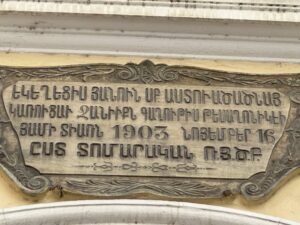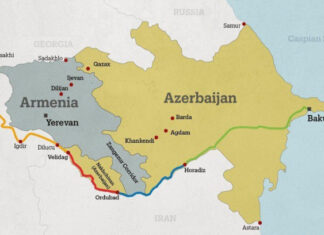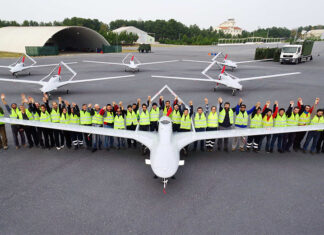DUBLIN (Trinity College Dublin) — Armenians, a population in Western Asia historically inhabiting the Armenian highlands, were long believed to be descendants of Phrygian settlers from the Balkans.
This “Balkan Theory” originated largely from the accounts of the Greek historian Herodotus, who observed that Armenians were armed in Phrygian fashion when serving in the Persian army.
Linguists further supported this theory, suggesting that the Armenian language shares ties with the Thraco-Phrygian subgroup of Indo-European languages.
But the first whole-genome study is challenging this long-held belief, revealing no significant genetic link between Armenians and the populations in the Balkan region. The study compares newly generated modern Armenian genomes and published genetic data of ancient individuals from the Armenian highlands with both modern and ancient genomes from the Balkans.
“For centuries, historical beliefs have shaped our understanding of the past, often leading us to accept theories as truth,” said Dr. Anahit Hovhannisyan, Marie Curie Fellow in Trinity College Dublin’s School of Genetics and Microbiology, and first author of the just-published study in the American Journal of Human Genetics.
“However, with the availability of whole genome sequencing and the advancement of ancient DNA research, we can now question and reframe these long-held ideas, revealing a much more nuanced and scientifically grounded view of the history of human populations.”








